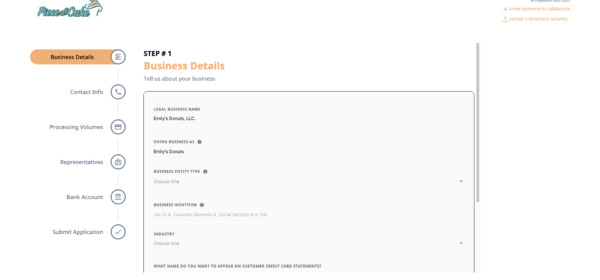If you know anything at all about credit card processing, you’ve probably heard the phrase “2.9% and 30 cents” as the “standard” pricing model for processing fees. Companies like Stripe, Square and Braintree have done an incredible job at making it seem like that is the best, most transparent and simplest pricing model available — but it’s not. Here we’ll talk about some of the benefits of Interchange Plus pricing.
What transparent pricing is and isn’t
For decades before those companies existed, credit card processors operated almost exclusively on what’s called Interchange Plus pricing, where direct costs from card brands such as Visa, Discover, Mastercard, Amex, etc. are passed through and depend entirely on what card is being processed. Unlike flat rate pricing, where the same 2.9% and 30 cents is charged regardless of the card being processed, with Interchange Plus the rates for each card are transparent and publicly available, with some cards costing less than 5 basis points (0.05%) and $0.22 per transaction.
That could mean that on any given transaction, 2.4% and 8 cents goes straight to Stripe, Square or Braintree as pure profit. And because they don’t tell you what the Interchange Plus costs are on your monthly statement, you’ll never know for sure. Real transparent, right?
The cost of flat rate pricing
More than that, merchants who are knowledgeable about credit card processing, its costs, and who’ve often paid Interchange Plus prices for years, know just how bad of a deal 2.9% and 30 cents really is. Unfortunately, for ISVs looking to add payment processing to their software through Stripe, Square or Braintree, flat rate pricing is the only option. For larger or more established merchants (aka, ideal customers), this could make your software a dealbreaker. At the very least, they’ll look elsewhere for their payments needs, eliminating any possible benefit for you in adding the service to your software and possibly placing you at a disadvantage with your competition.
Let’s say, for instance, your company offers scheduling and records software for dentists. You’d also like to offer the ability to process payments through your software, adding further value and creating a one-stop solution for your customers. But dentists who have been in the business for decades and have negotiated Interchange Plus pricing over the years refuse to switch to your solution that can only offer them 2.9% and 30 cents per transaction. It’s expensive, and they know it.
Simple isn’t always better
With Tilled, we have a solution. We proudly offer Interchange Plus pricing, giving you the flexibility to close customers you can’t with flat rate providers. While flat rates may work for some customers, you have the ability to negotiate and set pricing for each of your merchants individually based on their needs.
When it comes to processing costs, this is one area where simpler isn’t always better. When flat rate pricing is costing your merchants money — and they know it — you’ll want to be able to offer what they’re accustomed to in order to keep their costs low and close them as customers.






